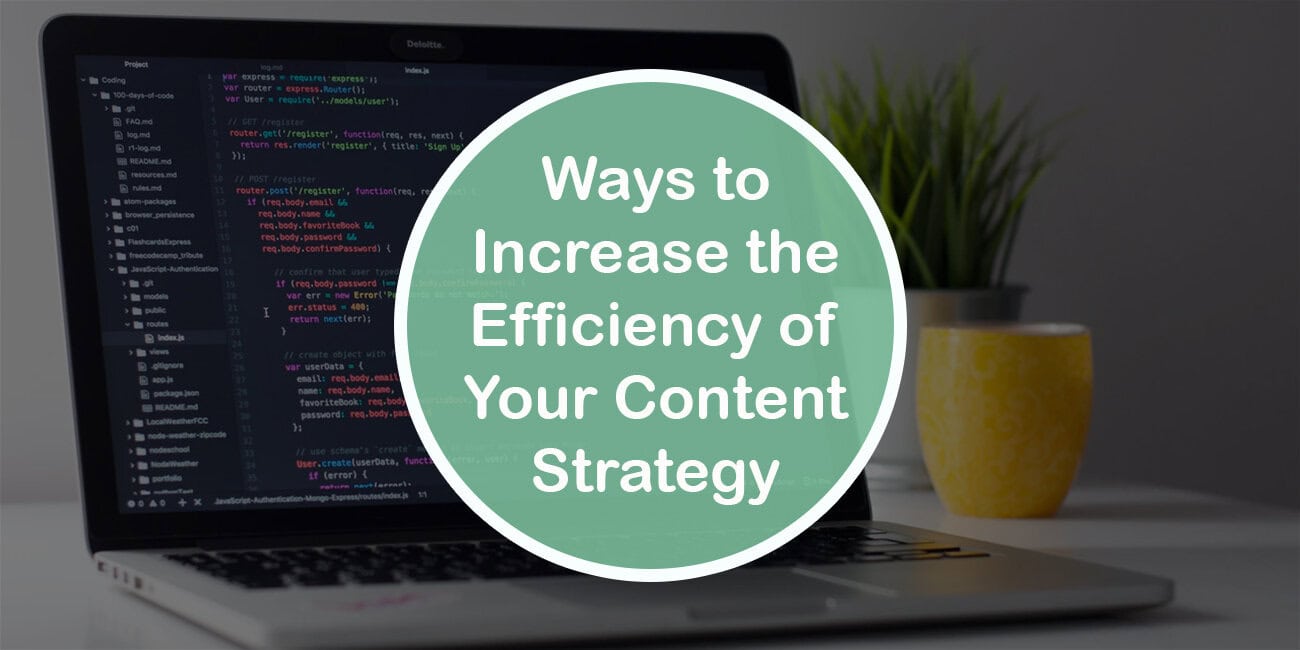Crafting a killer content strategy takes more than just publishing blog posts, no matter how well-written or topically relevant they are. It also takes organizing your content and making sure all of your resources work in tandem with each other. It means having a structured plan where each piece of your content builds on the next.
In this guide, we’re going to walk you through some of the best ways to structure and optimize your content strategy for 2025.
Key Highlights

Content Clusters Boost SEO: Organize related articles around a main “pillar” page to create a strong internal network that helps search engines understand the depth of your content.
Sub-Pillars for Complex Topics: For broader topics, break down the main pillar into sub-pillars and add supporting articles for each to ensure comprehensive coverage and easier navigation.
Strengthen Internal Linking: Build connections between related articles, linking back to your pillar and sub-pillars. This practice enhances SEO by signaling content relevance and interconnections to search engines.
Optimize for AI Overviews: Craft shorter, focused pieces (400–500 words) and add a summary at the top of each article to improve your chances of being featured in AI overviews.
Use Google Search Console for Updates: Reindex updated content in Google Search Console to speed up recognition and potential inclusion in AI overviews.
1. Build Effective Content Clusters
One of the first things you’ll want to do when starting your content machine is defining specific topics that your brand can speak to with the most competency and authority. This will be the base on which you form your content strategy.
Using content clusters strategically not only allows you to cover a topic comprehensively but also increases the chance of ranking higher for related keywords. Each cluster piece links back to the pillar article, creating a strong internal network that signals to search engines the depth and authority of your coverage on the topic.
Once you have a clear topic established, the next step is building a central “pillar” page. This page serves as the core resource for that topic and acts as the figurehead for all content related to it.
However, more complex subjects should contain “sub-pillars.” Sub-pillars act as secondary hubs, each focused on a subtopic that’s too extensive to cover in a single supporting article. Supporting content, in turn, dives deeper into specific aspects of the sub-pillar. In cases where the topic can be covered sufficiently with a central pillar and up to five supporting pieces, a sub-pillar probably isn’t necessary.
Here’s an example of how to lay this out modeling an example pillar cluster on SEO content:
Pillar Topic: Digital Marketing
- Sub-Pillar: SEO Basics
- Supporting Article: Keyword Research Strategies
- Supporting Article: On-Page SEO Tips
- Supporting Article: Building High-Quality Backlinks
- Supporting Article: Technical SEO Essentials
- Supporting Article: Understanding Search Intent
- Sub-Pillar: Content Creation Strategies
- Supporting Article: Writing Effective Blog Posts
- Supporting Article: Using Visuals to Enhance Content
- Supporting Article: Creating Engaging Social Media Content
- Supporting Article: Crafting Compelling Headlines
- Supporting Article: Repurposing Content for Different Platforms
- Sub-Pillar: Paid Advertising Methods
- Supporting Article: Social Media Advertising Tips
- Supporting Article: Google Ads Best Practices
- Supporting Article: Maximizing ROI on Facebook Ads
- Supporting Article: Intro to Programmatic Advertising
- Supporting Article: Setting Up Retargeting Campaigns

The number of pillars, sub pillars, and blogs that’ll work for you will depend on your brand’s scope, resources, and the depth required to thoroughly cover each topic. For smaller brands, a single pillar with a few supporting articles might be enough to establish authority and provide value, especially for niche subjects. Larger brands or those covering broad or competitive topics may benefit from multiple sub-pillars and an extensive network of supporting content. Either way, this approach creates a layered content strategy that naturally guides your audience through your site.
2. Strengthen Your Internal Linking Practices
Internal linking is crucial to help search engines understand the relationship between different pieces of content on your site. Linking to and from other pages on your site can keep site visitors engaged with your content for longer. On top of that, it establishes higher domain authority through a web of connected topical pages on your site.
In general, there are three main things you’ll want to focus on with internal linking:
- Create connections between cluster articles and their corresponding pillar page.
- Link back from supporting content to the main pillar and sub-pillars.
- Encourage bidirectional linking between related supporting articles for added depth and navigability.
Consistent internal linking can help promote all your linked pages higher in the SERP. When you do this, Google’s crawler will better recognize that your pages are interconnected with other in-depth, related topics, boosting their relevance.
3. Optimize Content for AI Overviews
With how much Google is pushing Gemini’s tools and functionality, more and more “AI Overviews” appear in the SERP, above organic and even sponsored listings.
With some effort, your content could stand a higher chance of being referenced to “corroborate” Google’s AI overviews. And the best part is that this often comes with attribution to your content.
To optimize for this, start by keeping your content focused and concise. AI overviews tend to favor shorter pages (around 400-500 words) that get straight to the point. Instead of relying on lengthy, long-form content, try crafting tightly focused pieces within your content clusters. This structure not only suits the way AI retrieves information but also helps readers get exactly what they need without sifting through unnecessary details.
Adding a brief summary at the beginning of each article is another effective way to optimize for AI overviews. A “preview,” like the one found at the top of this article, helps AI quickly grasp the core of your content. It provides relevant information that AI can easily pull into overviews. A well-placed summary increases the chances of your content being prioritized. On top of that, it also creates a highly readable and skimmable blip of content at the beginning of your content that can aid readers looking for a TL;DR of your material.
Finally, when you update content with these AI-friendly adjustments, consider reindexing the page in Google Search Console. This can speed up how quickly search engines recognize and re-rank the page, helping your newly optimized content get picked up by AI algorithms faster.
One thing to keep in mind is that AI overviews most often appear for informational searches. That means they will be much more likely to populate for “what is” and “how to” searches opposed to transactional searches. To that end, you should weigh the value of investing time and attention into optimizing for AI overviews. By nature, they will attract more top-of-funnel users most of the time.
Now Make Your Content Strategy Shine
The foundation of a good content strategy lies in structuring your content logically and in a way that’s scalable. If you follow the approaches above, your content strategy will be leaps and bounds ahead of your competition.
Be sure to keep tabs on how your direct competitors are structuring their content and learn from what they’re doing. Mimic the structures they’re using that appear to be working, and fill gaps with your own content where they are lacking. Even if your content isn’t ranking that highly yet, it can still get placed in an AI overview if you provide the right information in succinct, skimmer-friendly ways.

